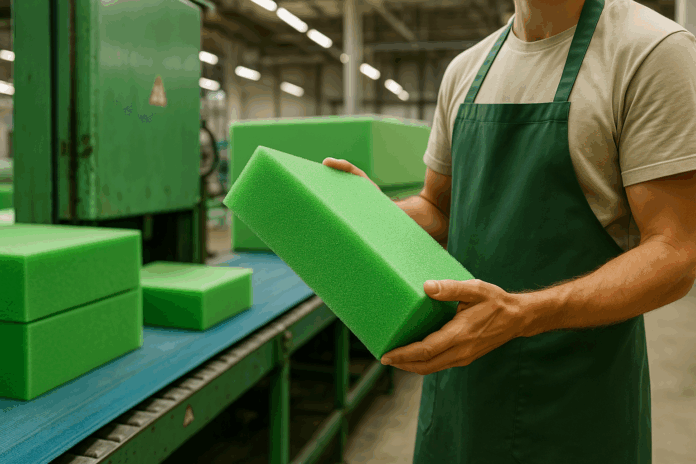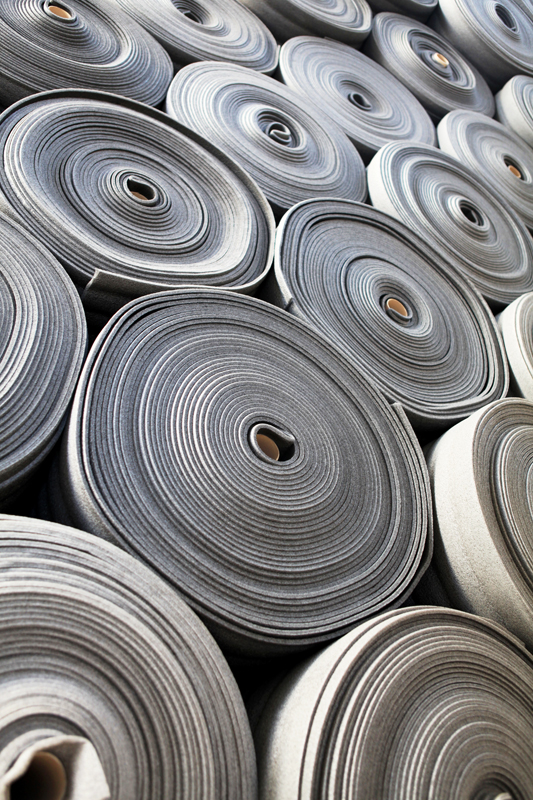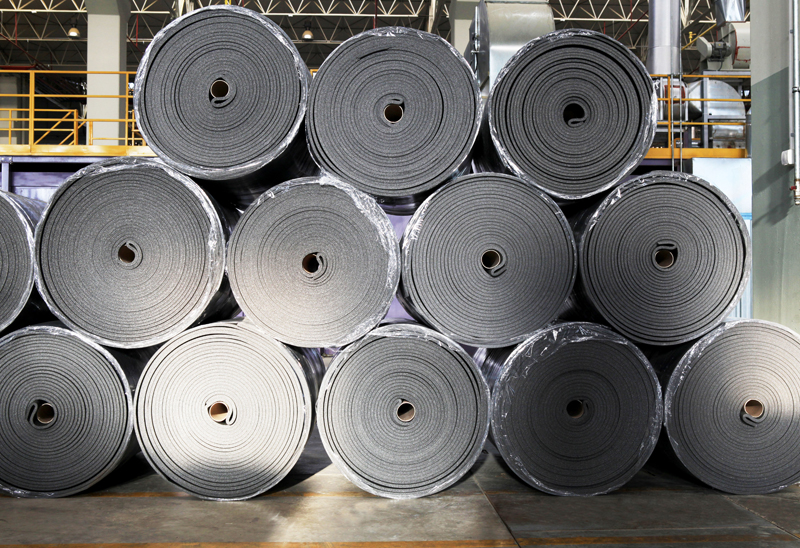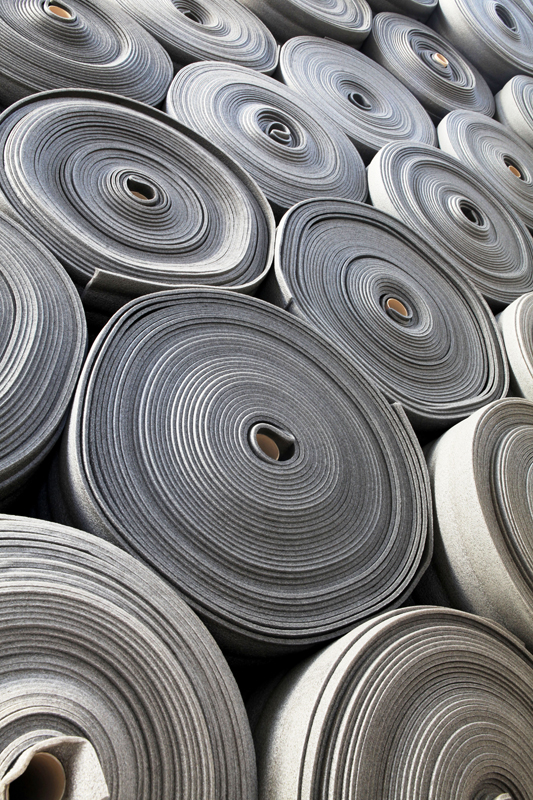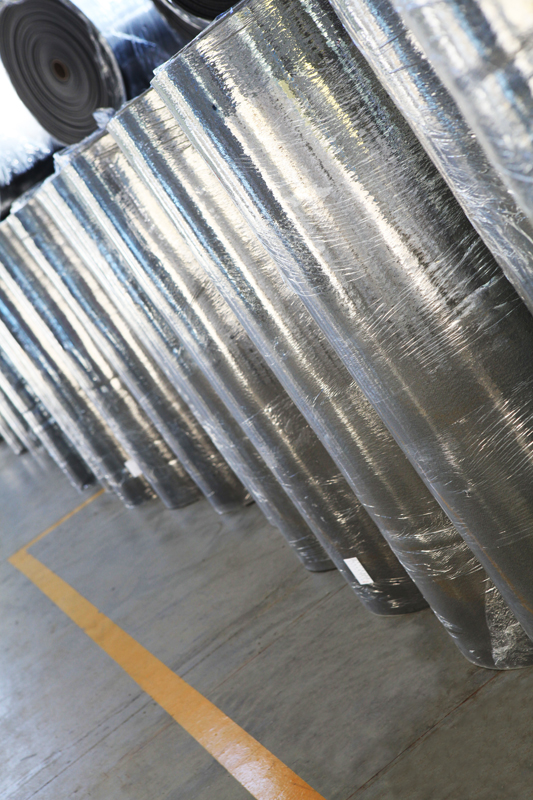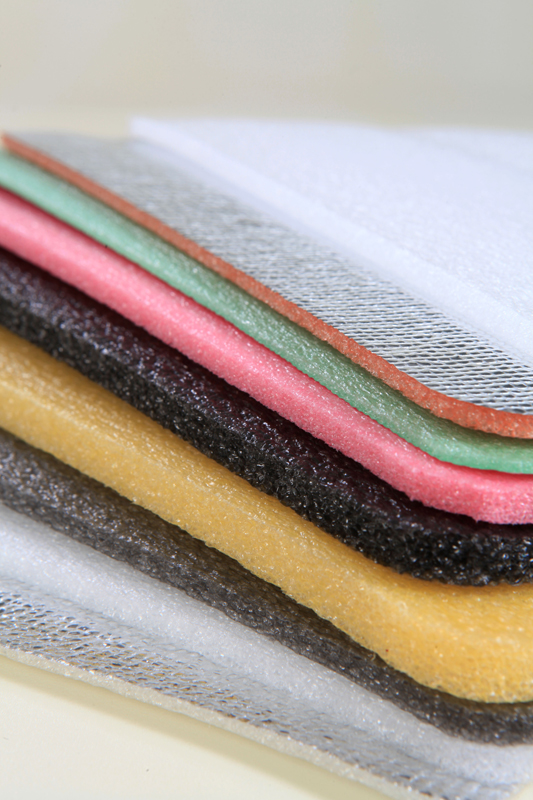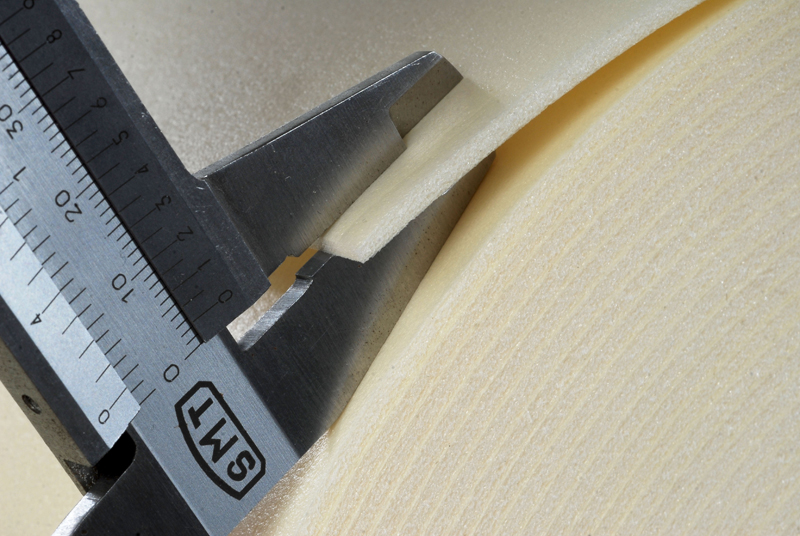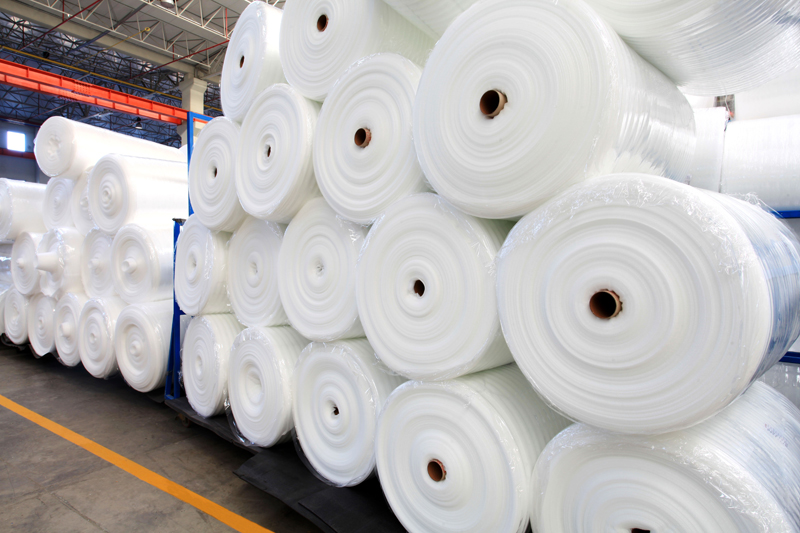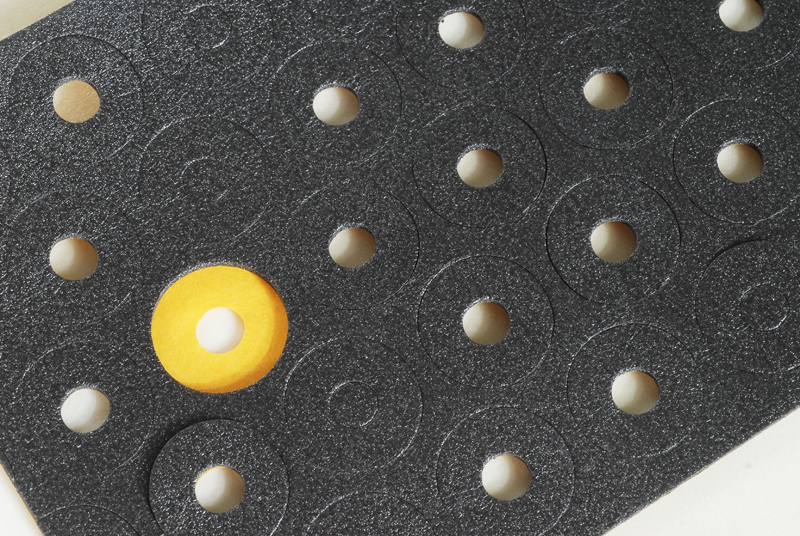Green Foam Revolution: How Sustainable Materials Are Transforming Packaging
Remember when foam packaging was synonymous with wasteful plastic? 😣
I sure do! But let me tell you a story that changed my perspective. Last year, I visited a foam factory that smelled like freshly baked bread 🍞 – turns out they were making packaging from potato starch! This eye-opening experience inspired me to explore the incredible innovations in sustainable foam. Let’s dive into this green revolution together!
As a packaging specialist with 12 years in the industry, I’ve witnessed firsthand the shift from “make and dispose” to circular solutions. Today’s eco-friendly foams aren’t just better for the planet – they often outperform traditional materials. Let me show you how the foam industry is cleaning up its act!
The Environmental Wake-Up Call: Why Sustainable Foam Matters
Traditional foam production had a dirty secret: for every ton of foam produced, we generated:
- 3 tons of CO2 emissions 🌫️
- 500 gallons of wastewater
- Non-biodegradable waste lasting centuries
I’ll never forget the sea turtle I saw during a beach cleanup, tangled in foam packaging. That moment became my personal mission to champion sustainable alternatives. The good news? Innovations in polyethylene foam are changing the game!
Green Game Changers: Breakthrough Materials in Sustainable Foam
Today’s labs are like modern alchemy workshops, turning waste into wonder materials:
| Material Source | Carbon Reduction | Decomposition Time | Innovative Uses |
|---|---|---|---|
| Plant-based polymers (corn, sugarcane) | 68% vs traditional | 3-6 months | Food packaging, consumer goods |
| Recycled ocean plastic | 82% | Not applicable (recycled) | Protective packaging, construction |
| Mycelium (mushroom roots) | 95% | 30-45 days | Electronics cushioning, insulation |
| Algae-based foam | Carbon negative | 8-12 weeks | Buoyancy products, medical packaging |
A client switching to algae-based PE foam reduced their carbon footprint by 18 tons annually – equivalent to planting 450 trees! 🌳
Production Revolution: How Green Foam Gets Made
Modern sustainable foam production looks nothing like traditional methods:
- Solar-powered facilities: Running factories on renewable energy
- Waterless processes: Using CO2 instead of water as blowing agent
- Closed-loop systems: Recycling 98% of solvents and chemicals
- Waste-to-feedstock: Turning agricultural waste into raw materials
I recently toured a facility using physically cross linked polyethylene foam technology powered entirely by wind turbines. Their secret? Capturing process heat to warm nearby greenhouses – pure industrial symbiosis!
Beyond Biodegradable: The Performance Advantage
“But does eco-friendly mean less protection?” I hear this constantly! Let’s bust the myth:
- Mycelium foams absorb 40% more impact than polystyrene
- Plant-based chemically cross linked polyethylene foam withstands 20°C higher temperatures
- Algae foams naturally resist mold and bacteria
- Recycled foams maintain 95% of virgin material performance
When a medical device company switched to sustainable foam, their product damage rates actually decreased by 15% – proving green can mean better!
Circular Economy in Action: From Cradle to Cradle
The most exciting development? Foams designed for multiple lives:
I advised a furniture company implementing this circular model:
1. Products shipped in algae-based foam
2. Customers return packaging via free mailer
3. Foam composted into fertilizer for algae farms
4. New foam grown from same nutrients
This closed-loop system eliminated their packaging waste completely – the holy grail of sustainability! ♻️
This innovation hub in Turkey pioneers circular foam solutions – where I first witnessed coffee ground foam that grows stronger as it biodegrades!
The Business Case: Why Sustainable Foam Makes Financial Sense
Going green isn’t just ethical – it’s profitable:
- 23% average reduction in material costs over 3 years
- 41% of consumers pay premium for sustainable packaging
- Tax incentives covering 15-30% of conversion costs
- Waste disposal savings up to 60%
An electronics client using recycled polyethylene foam saved $78,000 annually while boosting brand perception – a true win-win!
Innovation Spotlight: What’s Next in Sustainable Foam?
The future looks even brighter with these emerging technologies:
- Self-healing foams: Repairing damage using embedded microcapsules
- Carbon-capture foams: Materials that actively remove CO2 from air
- Programmable biodegradation: Foams that decompose on command
- 4D printed foams: Structures that shape-shift for optimal protection
I’m currently testing foam made from fermented food waste that actually nourishes soil as it breaks down – nature’s perfect cycle!
Your Sustainability Journey: Practical First Steps
Ready to join the green foam revolution? Here’s my battle-tested roadmap:
- Audit: Measure current foam usage and waste
- Pilot: Test sustainable options with high-impact products
- Partner: Work with suppliers committed to circular practices
- Communicate: Share your sustainability story with customers
- Innovate: Explore cutting-edge materials for competitive advantage
Remember that even switching to physically cross linked polyethylene foam from recycled sources can reduce your carbon footprint by 35% immediately!
The Bigger Picture: Foam’s Role in a Sustainable Future
As I walk through forests nourished by composted packaging, I see foam’s redemption story unfolding. What was once an environmental villain is becoming a sustainability hero. The innovations we’re witnessing today prove that human ingenuity can solve the challenges we’ve created.
Every sustainable foam package represents:
- Cleaner oceans 🐠
- Healthier soil
- Reduced carbon emissions
- Innovative jobs
- Responsible consumption
That sea turtle I couldn’t save? Her legacy lives on in every company choosing plant-based over plastic. Join me in building a future where protection doesn’t come at the planet’s expense. Which sustainable foam will you try first? 🌍💚


